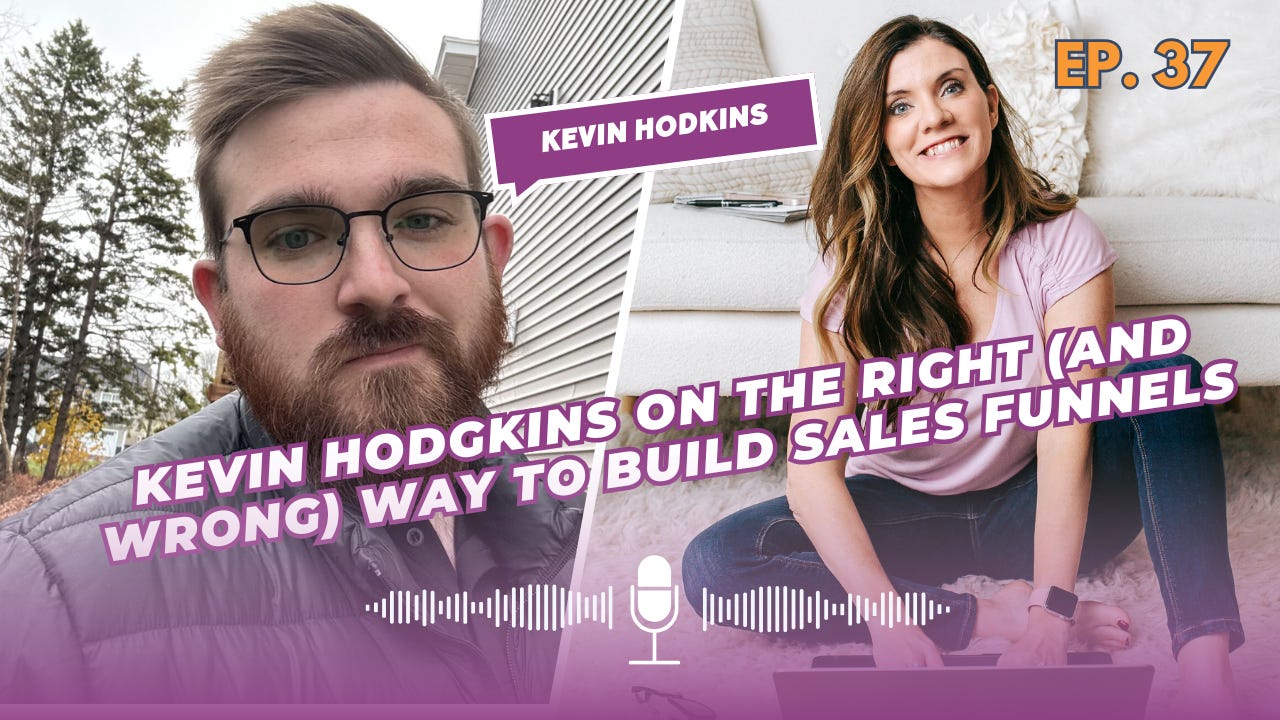The $10,000 Mistake Hiding in Your Google Docs
You think you’re saving money by doing things manually? Think again.
The Productivity Lie You’re Telling Yourself
You start your Monday morning like every other: coffee in one hand, a to-do list pulled up in Google Docs, and the quiet confidence that today, you’ll be productive. You have a system—client follow-ups in one tab, invoice tracking in another, and an ever-growing list of “things to automate later.”
Except “later” never comes. And that’s costing you—a lot.
The problem isn’t just inefficiency. It’s that your insistence on handling tasks manually is draining your bottom linemore than you realize. In fact, businesses lose an average of $10,000 per employee per year on unnecessary manual work. Let’s break down how you’re silently burning cash.
The Hidden Tax of Manual Work
Time is money. But let’s put a price tag on it.
The average small business owner spends 120+ hours per year on administrative tasks that could be automated. That’s three full workweeks lost to inefficiency.
Employees spend 40% of their workday on repetitive, low-value tasks like data entry, scheduling, and email follow-ups.
Every unnecessary manual process is a friction point—slowing sales cycles, creating room for errors, and killing productivity.
Still not convinced? Let’s look at an example:
Imagine you run a six-figure consulting business. You and your small team spend a combined 15 hours per weekupdating spreadsheets, scheduling meetings, and sending follow-ups. If your average billable rate is $75/hour, that’s a $58,500 annual loss on tasks that could be automated for under $5,000 a year.
Congratulations—you just found your biggest expense.
The Automation Audit: Where Are You Losing Money?
Before you throw money at the latest AI tool, take stock of your biggest inefficiencies. Here’s where most businesses leak revenue:
Client Follow-Ups – Manually chasing leads and sending reminders instead of using automated email sequences.
Scheduling Calls – Playing calendar ping-pong instead of using booking software.
Invoice & Payment Processing – Wasting time on manual invoicing instead of automated billing.
Data Entry & Reporting – Updating spreadsheets by hand instead of using live dashboards.
Customer Onboarding – Sending each new client a personalized welcome email manually instead of a streamlined automation.
Each of these tasks feels small, but collectively, they eat into your margins fast.
How Smart Businesses Are Automating Their Way to Higher Profits
Savvy entrepreneurs and high-growth companies ditch manual busywork fast. Here’s how:
✅ Automated Email & CRM Systems – Tools like Digital Magic CRM handle lead nurturing so you don’t have to.
Calendar Booking Links – Ditch the email tag. Use tools like Calendly or Acuity to auto-schedule calls.
Invoicing & Payment Automation – Platforms like Stripe and QuickBooks automate billing, saving you dozens of hours per month.
Zapier Integrations – If two apps don’t talk to each other, Zapier can bridge the gap and automate the process.
AI Assistants & Chatbots – Automate first-touch customer interactions and free up time for high-value work.
Every business process you automate or delegate increases your profit-per-hour. More efficiency = more time spent on growth, sales, and strategy—not admin work.
The $10,000 Challenge: Fix It in 30 Days
If you’re not sure where to start, take this 30-day automation challenge:
Week 1: Identify your biggest time-wasting manual tasks.
Week 2: Pick two automation tools to implement (start small!).
Week 3: Test-run your new processes and measure time saved.
Week 4: Calculate the financial impact and optimize.
Within a month, you should see at least 10-20 hours of reclaimed time—which translates to $10K+ in recaptured productivity.
Bottom Line: Work Smarter, Not Harder
You didn’t start your business to be a glorified admin assistant. If your Google Docs are packed with manual to-dos, it’s time to automate.
The businesses that scale the fastest aren’t the ones working the hardest—they’re the ones systemizing smarter. So, what’s it going to be: another lost workweek or a business that runs itself?
Your move.
We also have a podcast dropping today!
Most sales funnels don’t fail because they’re missing the right strategy. They fail because they’re overloaded, messy, and full of unnecessary steps.
I sat down with Kevin Hodgkins on The Queen of Automation to break down why more tactics don’t mean better results, more clarity does. If people don’t feel the problem, they won’t care about your solution.
If you’re spending more time fixing and explaining your process than closing sales, your funnel is broken. Kevin and I unpacked how simplifying your funnel leads to bigger results and why automation should remove friction, not add to it.
Click here to tune in.





